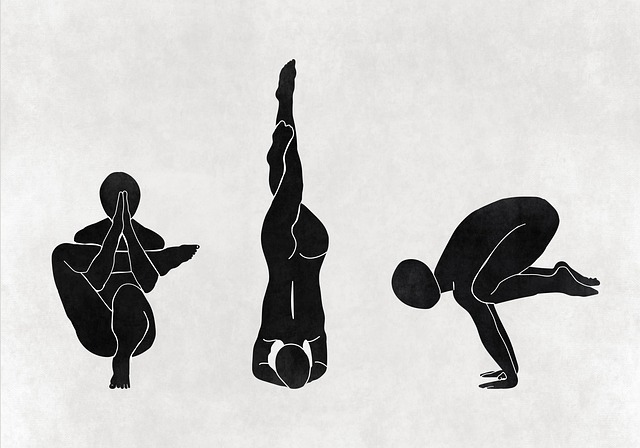Recognizing red flags like persistent pain, lack of relief, and worsening symptoms is vital for safe chiropractic care. Unaddressed red flags can lead to complications, highlighting the need for evidence-based practices over unproven treatments. Patients should demand verifiable research and professional opinions to avoid potential injuries from manipulative techniques.
“In the realm of healthcare, evidence-based practices are paramount for patient safety. However, chiropractic care often lacks robust scientific backing, leaving patients vulnerable to potential risks. This article aims to shed light on the red flags within chiropractic treatment, exploring the absence of compelling evidence and the side effects that may go unnoticed. We delve into specific concerns, encouraging readers to make informed decisions, particularly when identifying red flags in this alternative therapy.”
- Identifying Red Flags in Chiropractic Care
- The Absence of Scientific Evidence
- Potential Risks and Side Effects Unveiled
Identifying Red Flags in Chiropractic Care

Recognizing red flags in chiropractic care is paramount for patients and healthcare providers alike. Certain signs suggest potential issues, prompting a closer look and more thorough assessment. For instance, persistent or escalating pain after treatment, absent or reduced relief despite consistent care, and new or worsening neurological symptoms are all flags warranting attention. Additionally, unusual or extreme movements during manipulation, patient discomfort or refusal during adjustment attempts, and lack of improvement or deterioration in overall health require immediate consideration.
Chiropractors should also be vigilant about unexplained or unexpected reactions from patients, such as severe nausea, dizziness, or fainting. Unaddressed red flags may lead to further complications, underscoring the importance of evidence-based practices for safe and effective chiropractic treatment.
The Absence of Scientific Evidence

In the realm of healthcare, especially within alternative practices like chiropractic care, a notable concern arises from the absence of robust scientific evidence supporting many common treatments. While many chiropractors argue that their methods are based on years of experience and observation, the absence of rigorous clinical trials and research studies raises red flags. This lack of empirical data makes it challenging for patients and healthcare providers alike to ascertain the effectiveness and safety of certain chiropractic interventions.
When considering chiropractic treatment, particularly for conditions requiring urgent or long-term care, the absence of scientific evidence should prompt caution. Red flags include unsubstantiated claims about curing or alleviating specific health issues, as well as a dearth of peer-reviewed studies validating these treatments. As patients, it is crucial to demand evidence-based practices and seek professional opinions that are grounded in verifiable research.
Potential Risks and Side Effects Unveiled

The absence of evidence-based practices in chiropractic treatment can pose significant risks and side effects for patients. One of the primary concerns is the potential for harm from manipulative techniques, which, if applied incorrectly or aggressively, may result in severe injuries. These include fractures, dislocations, and even paralysis, particularly in individuals with underlying conditions or weakened spines. Red flags, such as intense or immediate pain after adjustment, loss of sensation, or muscle weakness, should never be ignored.
Moreover, unproven chiropractic methods can lead to misdiagnosis and inadequate treatment plans. Without a reliance on scientific research, chiropractors might recommend unnecessary procedures or prolonged regimens, causing financial burden and potential physical discomfort for patients. As such, it’s crucial for both healthcare professionals and patients to recognize these red flags in chiropractic care, ensuring treatments are safe, effective, and backed by robust evidence.
Chiropractic care, despite its popularity, often lacks evidence-based practices, as highlighted by numerous red flags in treatment methods. The absence of scientific evidence supporting many chiropractic techniques raises concerns about potential risks and side effects. By understanding these red flags, individuals can make informed decisions regarding their health, encouraging a shift towards more evidence-based healthcare choices for optimal well-being.













